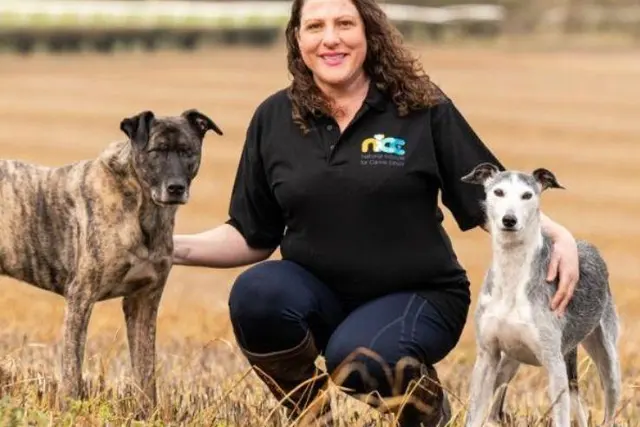By Hayley Okeeffe
This widely shared framework suggests that dogs need three days to decompress, three weeks to begin adjusting, and three months to settle into their new home. It has offered comfort and clarity to those taking on the life-changing responsibility of giving a rescue dog a second chance.
But dog behaviour experts now warn that this tidy timeline may be doing more harm than good.
“The problem with the 3-3-3 rule isn’t its heart,” says Jo Middleton, Director of the International Institute for Canine Ethics. “It’s that it creates a sense of predictability in a process that is anything but. Rescue dogs, especially those with traumatic pasts, don’t adjust to a schedule. And expecting them to can create unrealistic pressure on both the dog and the adopter.”
Moving Beyond Timelines
While the 3-3-3 rule was once helpful, our understanding of trauma, recovery, and ethical dog training has evolved. Dogs don’t follow calendars, and when they fail to reach expected “milestones”, it can lead to disappointment, anxiety, or worse, the dog being labelled untrainable and returned to rescue.
Instead of rigid timelines, Jo proposes a new, relationship-centred model, The 3 Stages of Adjustment. This flexible, dog-led framework is built on empathy, patience, and an adopter’s ability to respond to their dog’s emotional needs, not push them through deadlines.
The 3 Stages of Adjustment: A Compassionate Framework
Jo’s model focuses on phases, not dates. It recognises that each dog’s journey is unique, and encourages adopters to become attentive, skilled caregivers. The three stages, Decompression, Adjustment & Exploration, and Trust & Integration, unfold over days, weeks, months, or even years.
Here’s how it works:
Stage One: Decompression
This initial phase is about safety, calm, and recovery. A newly adopted dog is often overwhelmed by their unfamiliar surroundings, people, and routines. They may appear shut down, hyperactive, or somewhere in between.
Key adopter tasks:
Reduce external stimulation and avoid overwhelming the dog
Offer structure through predictable routines for eating, resting, and toileting
Observe closely for subtle signs of stress or discomfort in body language
Allow the dog to choose how and when to engage
“This stage is not about bonding straight away,” says Jo. “It’s about offering safety without demands.”
Stage Two: Adjustment & Exploration
As the dog begins to feel safer, their true personality may emerge. This is when adopters might see boundary-testing behaviours or emotional expressions that weren’t visible before, a positive sign that the dog is starting to engage with their environment.
What to expect:
Exploration of surroundings and routines
Potential new or unexpected behaviours
Emotional shifts as the dog starts to trust
Supportive strategies:
Gentle, reward-based training
Opportunities for choice and autonomy
Low-pressure exposure to new experiences
“This is often the point where people panic,” Jo explains. “But this behaviour isn’t regression, it’s a sign the dog feels secure enough to open up.”
Stage Three: Trust & Integration
In this stage, the dog starts to feel like part of the family. But trust is not the end of the journey, it’s the beginning of deeper, long-term support.
Important considerations:
Trust is fragile and can be lost if the dog’s needs are misunderstood or ignored
Trauma recovery is non-linear, and setbacks may occur
The adopter’s role becomes about reinforcement, enrichment, and consistency
Focus areas:
Reinforcing communication signals
Supporting through triggers or fears
Building confidence through tailored activities
Reflecting on the dog’s preferences and ongoing needs
Why This Matters
The 3 Stages of Adjustment shifts the narrative. It doesn’t romanticise rescue, nor does it pathologise struggle. Instead, it asks adopters to approach the journey as a partnership, one where success is defined not by speed, but by mutual understanding.
“Too many dogs are failed by our expectations,” says Jo. “This model helps us shift from being timeline-driven to relationship-led. It’s not about ticking boxes, it’s about meeting the dog where they are, emotionally and behaviourally.”
Jo added: “Rescuing a dog is more than a kind act, it’s a commitment to understanding, patience, and lifelong learning. As we move beyond outdated rules, we create space for something more meaningful, connection.
“The 3 Stages of Adjustment reminds us that progress isn’t linear, and healing can’t be rushed. But with time, compassion, and the right support, a rescue dog can truly thrive, and so can the bond you build with them.”
To find out more go to https://www.canineethics.org
